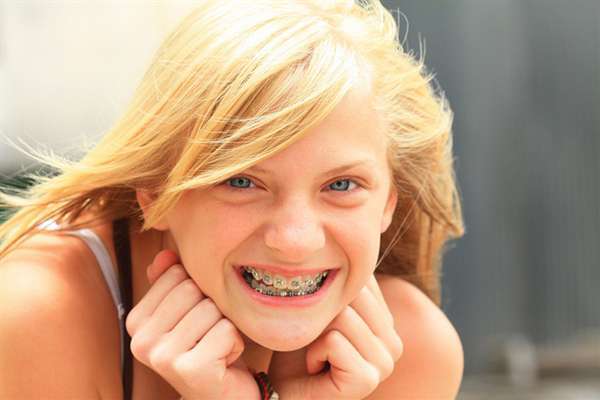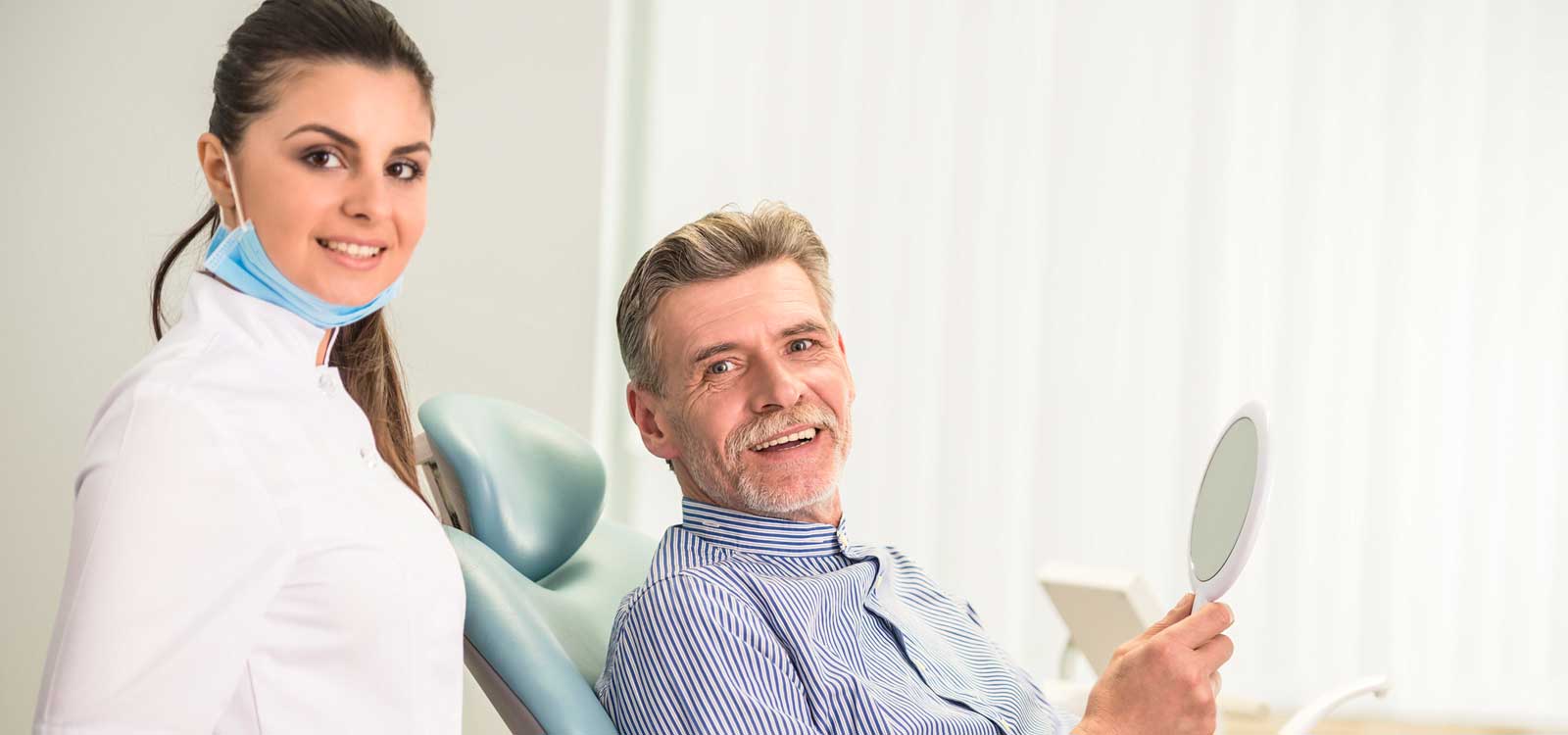

12
May
Advice from Boise Dentists: Dental Hygiene for Kids 0-18 Years

Wondering how to take care of your kids’ teeth? Here are some guidelines for giving your kids the best dental care from age zero to eighteen.
Infant Care
A baby’s teeth start to come in anywhere from six to fifteen months, so its best to start wiping her gums at an early age. It can be hard to tell when teeth are beginning to come through, and it is best to get into the daily habit of brushing teeth sooner rather than later. Simply place some wet gauze or a wet washcloth over your index finger and rub it gently over her gums at bath time.
Once your child’s teeth have come in, you can begin to use a tiny amount of toothpaste on a baby toothbrush. When using so little toothpaste, you don’t need to worry about rinsing, so just focus on brushing the inside and outside of your baby’s teeth, in addition to brushing her tongue.
Kids Teeth
You can usually start teaching kids brush their own teeth when they are about six years old. Kids love to copy their parents, so brushing your teeth together can be a great way to get your children in the habit. Remember that it is best to brush lightly for a long time instead of really hard for a short period of time. To help your kids do a thorough job, you can teach them a song to go along with brushing that you can sing for them, or which they can sing in their head. Make sure your kids are brushing more than the front of their teeth as well.
You may also start flossing your kids’ teeth around this time, or teaching them to floss themselves. It is best that they be flossing every night, but make sure that they are at least flossing twice a week. Since they may not be as coordinated as you are, you can help supervise so that they do the best job and are not uncomfortable (for instance, many kids wrap the floss too tightly around their fingers and find it uncomfortable).
Keep your kids’ teeth looking their best by not only regularly brushing but also limiting sugary snacks or drinks, or at least having kids rinse or brush after eating.
Braces Care
During the teenage years, you’ll find that braces require more care due to the many nooks and crannies the braces create. Make sure you brush your gums and teeth as you normally would, but then also pay special attention to the braces, adding more pressure to the brush so that the bristles go between the brackets. It is best to spend at least a few seconds on each tooth, so an electric toothbrush may be easier.
Flossing is equally important with braces as bacteria and food particles can get stuck between the teeth. Thread the floss under the main wire and then move it up and down around each tooth. If you were given a permanent retainer on the top or bottom of your front teeth, you may want to use a disposable flossing threader which will allow you to floss this area easily as well.
Dental care is an important part of good health in children and adults. Keep your family healthy and cavity free by teaching them how to brush and floss from their toddler years to high school and beyond. Of course, we’d love to talk with you about how we can help keep your family’s teeth looking healthy. Leave us a comment, or call us at our Boise office!

